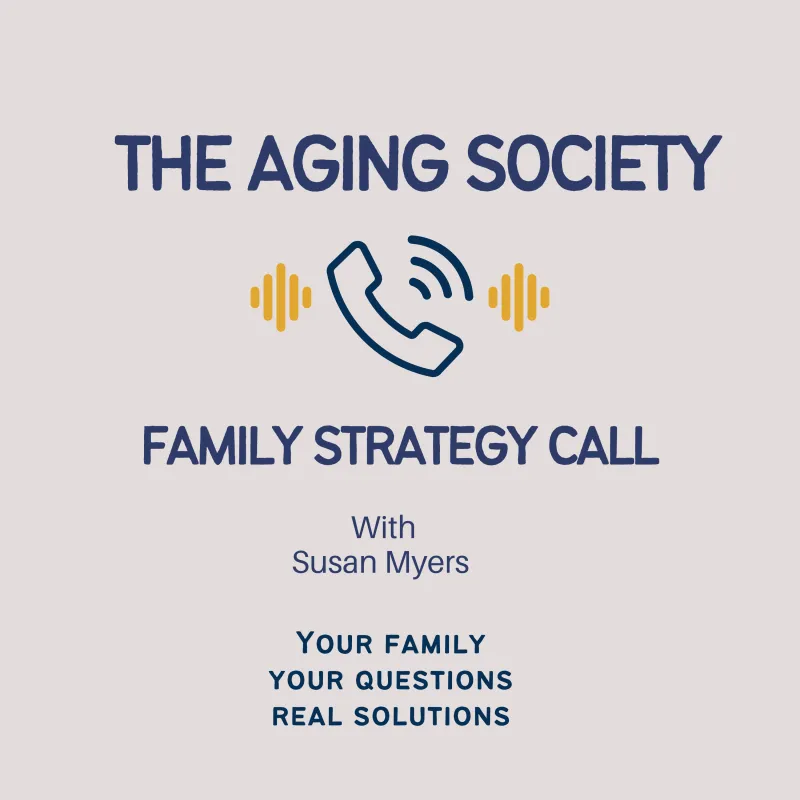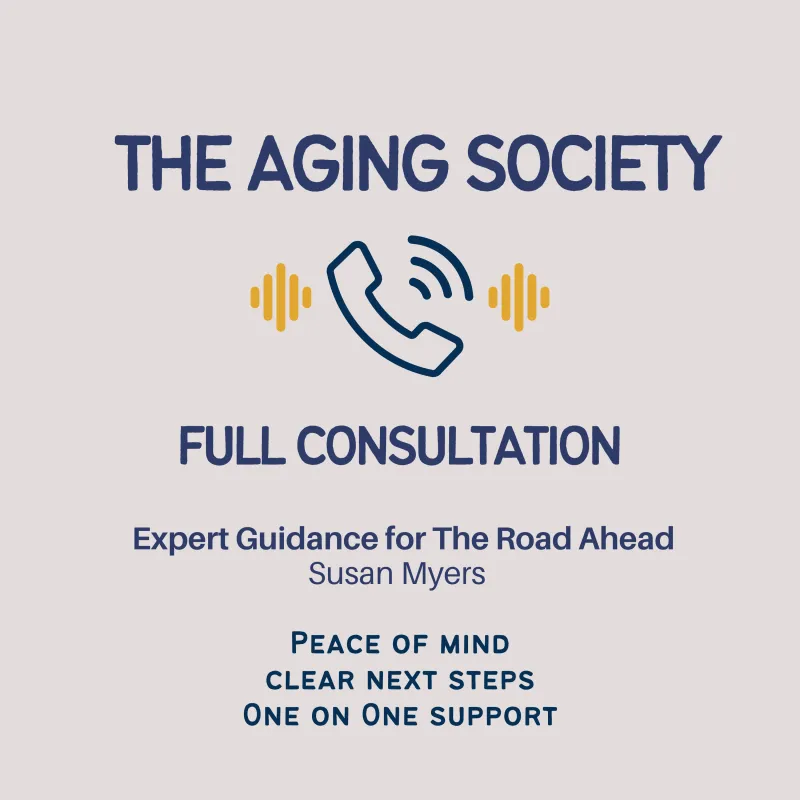The Aging Society Resource Center
Practical tools and trusted recommendations to help you care for your aging parent, without the overwhelm.
Everything Inside Here Has Been Thoughtfully Curated To Support You.
Every guide, tool, and recommendation you’ll find here is something I’ve either created myself or personally stand behind based on over 15 years of walking alongside families making some of the hardest decisions of their lives.
You don’t have to figure it all out at once. Whether you're responding to a crisis or preparing ahead, you’ll find simple tools, compassionate support, and real solutions here.
Start with a guide to get clarity. Explore caregiving tools that make daily life easier. Or, if you’re feeling overwhelmed, book a one-on-one consultation and we’ll walk through it together.
This is more than a store. It’s a support system, built for you, and the people you love.
Start Strong:
Free Tools to Help You Begin
Feeling stuck, scared, or unsure where to begin? You’re not alone.
These free tools were created to give you a starting point, whether you’re facing tough decisions, navigating emotional conversations, or trying to understand what care your parent might need.
Start with the one that fits where you are today. Every small step forward matters.

Get 31 days of bite-sized caregiver tips delivered to your inbox. Each email shares one real solution that has helped other caregivers just like you, because sometimes, one thing really can make the difference.

Don't make a decision you'll regret later. This free guide reveals the most common mistakes families make when choosing senior care, and how to avoid them with clarity, confidence, and calm.
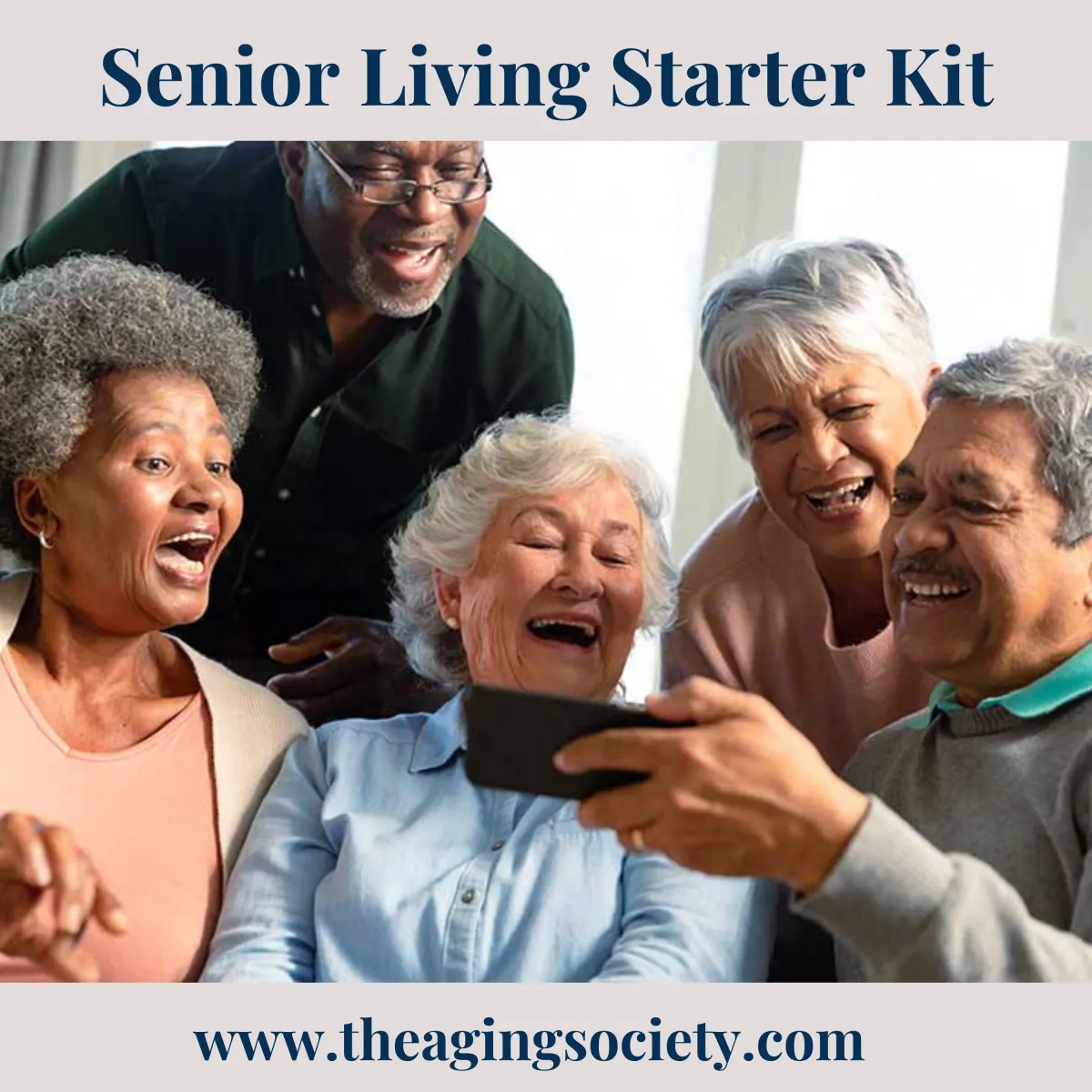
This free starter kit gives you the essential checklists, tools, and questions to help you get clear on what your aging parent needs, and what steps to take next.

Touring senior living communities? This free checklist helps you ask the right questions and notice what really matters, so your decision feels thoughtful, not rushed.

This free checklist helps you get clear on what your aging parent truly needs before you tour communities. It’s a quick, way to sort through emotions, and care requirements, for next steps.
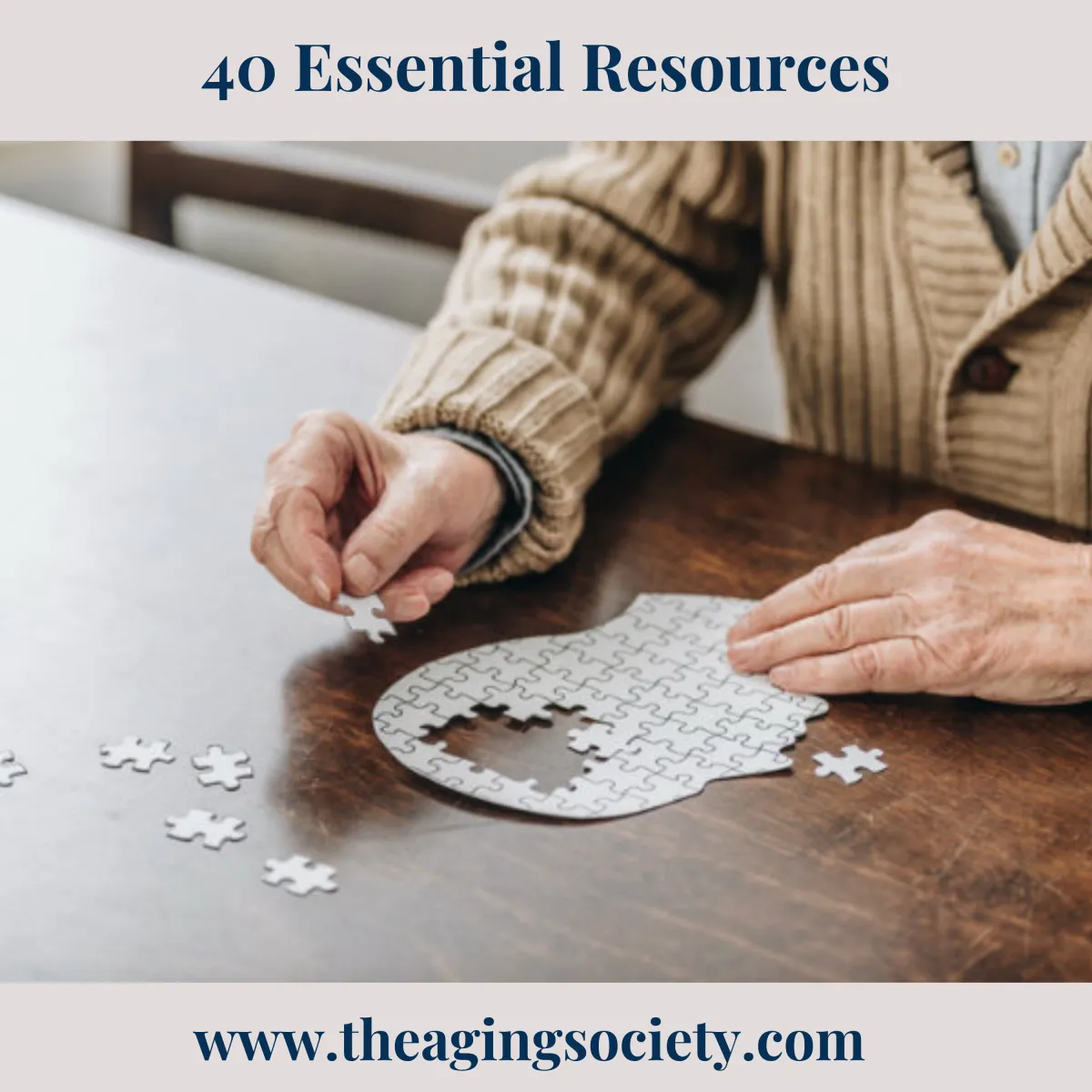
Caring for an aging parent, can feel like you’re trying to solve a puzzle without all the pieces. This resource gives you 40 selected links to trusted services, tools, and support systems.
When Free Isn’t Enough, Clarity Is the Next Step
If you're still carrying all the questions and second-guessing yourself, you're not alone.
These $9 Clarity Reports help you stop spinning, and start moving forward with confidence.
Your First Steps Forward
Our Clarity Assessments help you cut through the noise. For just $9, you’ll get a personalized insight report that highlights your key emotional patterns, hidden pressure points, and what’s making decision-making harder than it needs to be.
Each assessment result is personally reviewed and interpreted, so you’re not just getting auto-generated feedback. You’re getting clear, thoughtful guidance sent within 24 hours that helps you move forward with more confidence and less second-guessing.
You’re not just getting a generic answer, you’re getting the right one.

Not sure what care your parent needs? This $9 PERSONALIZED guided assessment gives you a clear path result for: Home Care, Independent Living, Assisted Living, or Memory Care, plus a clear next-steps.
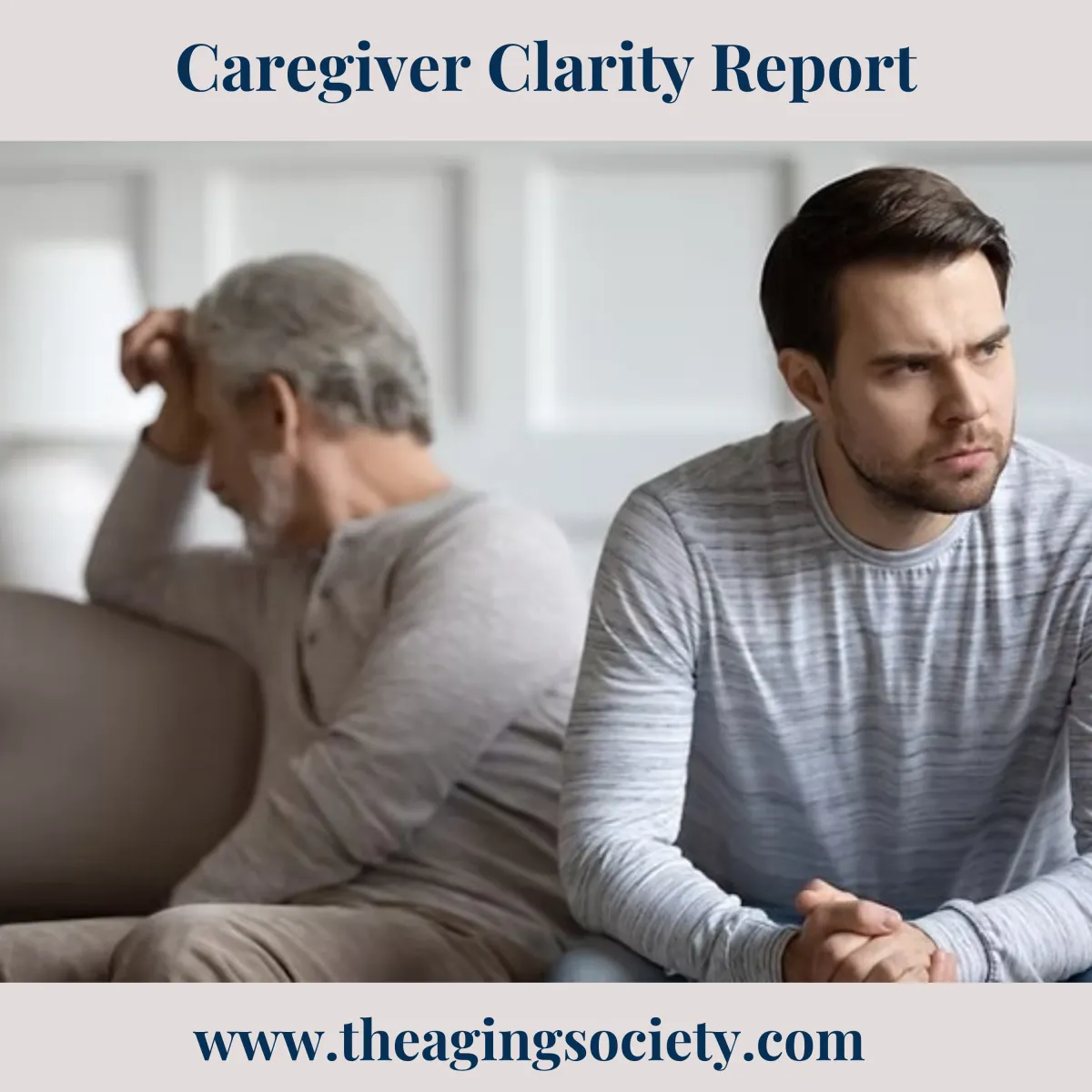
This PERSONALIZED $9 Caregiver Clarity Report gives you personalized next steps you can actually use. You'll get supportive language, smart suggestions, and a thoughtful report within 24 hours.

Whether you're talking to a parent, sibling, or provider, and you're not sure what to say, or how to say it, this PERSONALIZED $9 guide gives you the words, structure, and support to start the right conversations.
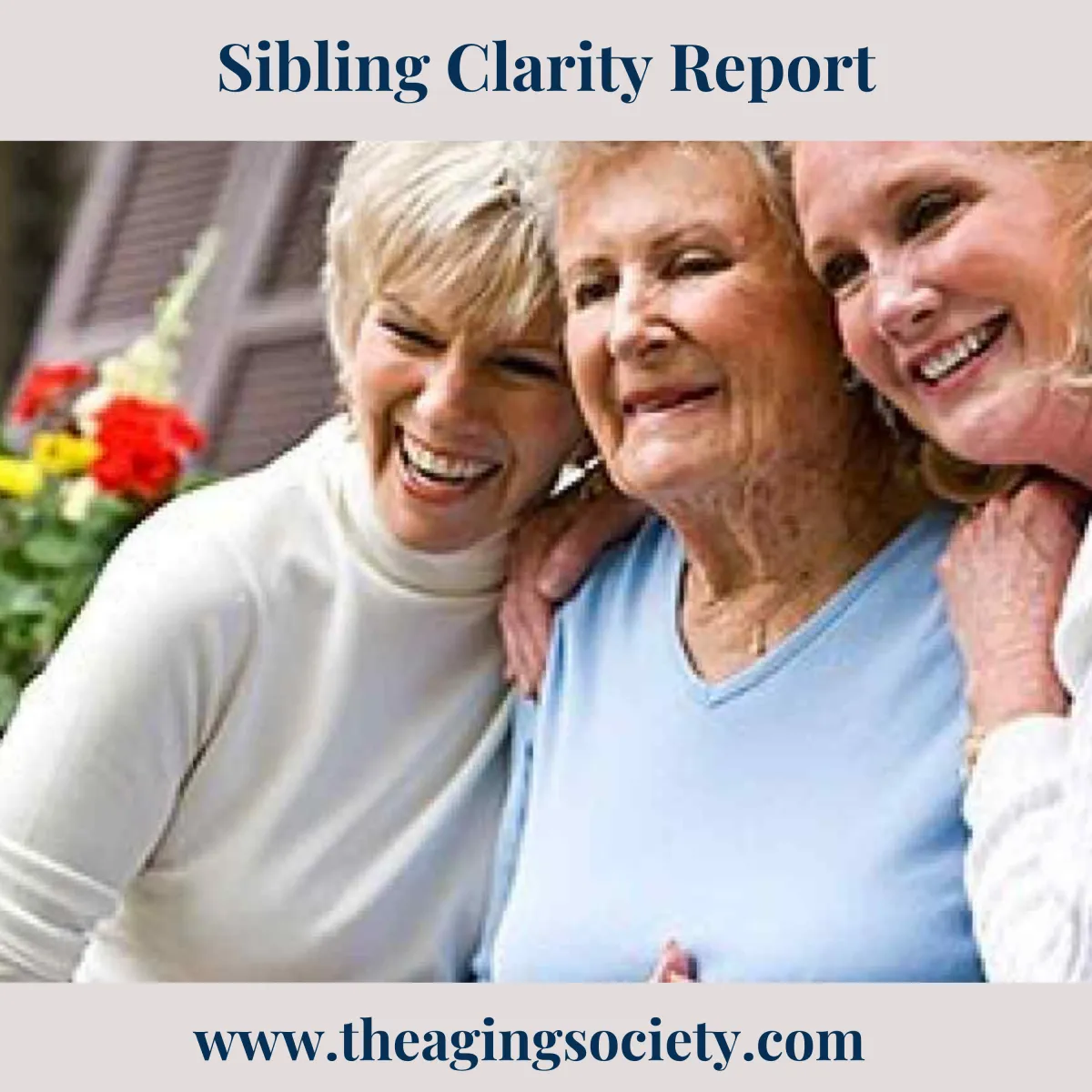
When tensions rise over who does what, this PERSONALIZED $9 report helps you reset the conversation. Get and scripts for hard moments, to move forward.
Clarity Is Just the Beginning
Once you know what’s really getting in the way, you’re ready to take the next step, whether that’s exploring care options, talking to your family, or making a plan with support.
What Comes After Clarity?
Choose Your Next Step.
You’ve taken the first, and often hardest, step: naming the real challenges.
Now, it’s time to take the next step, with support that’s truly built for you.
Each guide is personally reviewed and customized based on your responses, which means there’s a short 24-hour turnaround while I create something that actually reflects your unique situation.
Whether you’re ready to explore care options, rally your family, or have that one hard conversation, these next-step tools are intentionally crafted to help you move forward with clarity, calm, and confidence.
You’re not just getting a generic answer, you’re getting the right one.

You’ve already taken the first step; now let this Senior Living Guide walk you through the rest. Packed with insider advice, trusted resources, and easy-to-follow next steps, it’s everything you need to choose the right care with confidence and peace of mind.
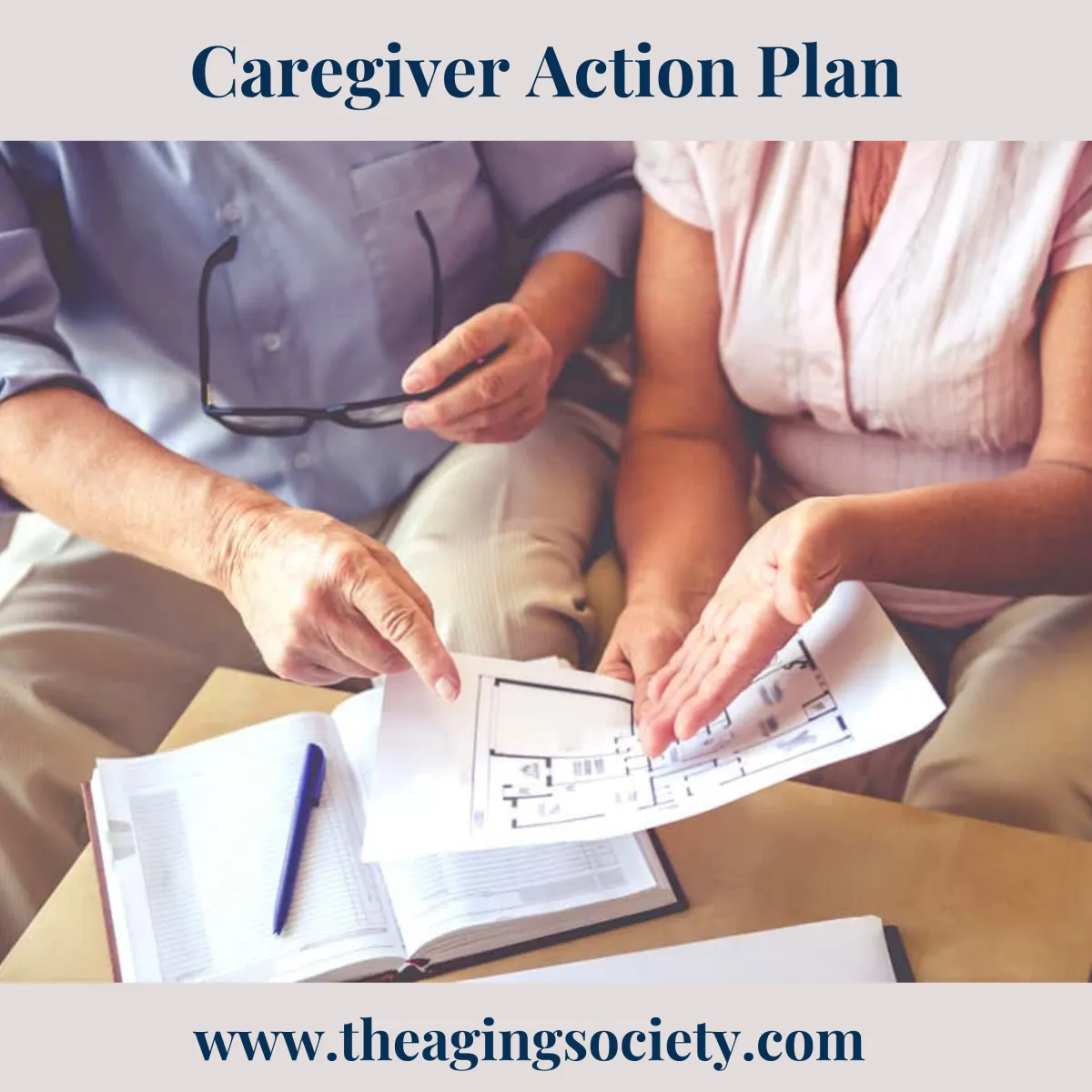
Caregiving doesn’t have to feel chaotic. With the Caregiver Action Plan, you’ll get a simple, personalized roadmap that helps you stay organized, reduce stress, and make decisions with confidence every step of the way.

Turn stressful talks into meaningful connections.
The Conversation Action Plan gives you a personalized emotional profile, an expanded set of ready-to-use scripts, and a clear strategy to help you handle tough caregiving conversations with confidence, peace, and clarity.

Turn sibling tension into teamwork. The Sibling Conversation Action Plan gives you a personalized relationship profile, a collection of extra scripts, and a step-by-step strategy to help you navigate family dynamics with clarity, confidence, and far less resentment.
If You’re Ready To Make A Care Decision,
These Practical Guides Walk You Through It.
When Talking Feels Too Hard, Start Here
Get the words, support, and clarity to make the next conversation easier, not heavier.
You’re Not Just Managing Care,
You’re Managing Emotions, Expectations, And Unspoken Fears.
If you've ever walked away from a conversation feeling misunderstood, shut down, or unsure of what to say next, you're not alone.
These resources were created for the in-between moments, the ones where you're not ready to hold a big family meeting, but you know something needs to be said.
Whether you're trying to open up a hard conversation with a parent, manage tension with a sibling, or simply find your voice in the middle of it all, you'll find tools here that offer words, wisdom, and support.
Not scripts to memorize. Just real help for real-life moments.

30 Scripts to help you talk to aging parents with more confidence and less conflict. $47

Say what matters, 30 scripts for talking with doctors, aides, and providers. $47

Share the load without starting a family fight. 30 scripts for siblings $47
All Products from the aging society
Scroll through every guide, course, and support tool I’ve created, organized in one easy-to-access space.
Whether you’re planning ahead or navigating a care decision today, you’ll find something here to support your next step.
See Our Latest Blogs
Stay up-to-date with our latest insights, tips, and trends by diving into our newest blogs. Whether you're seeking industry expertise, marketing strategies, or product inspiration, our blog section is your go-to resource for valuable content.
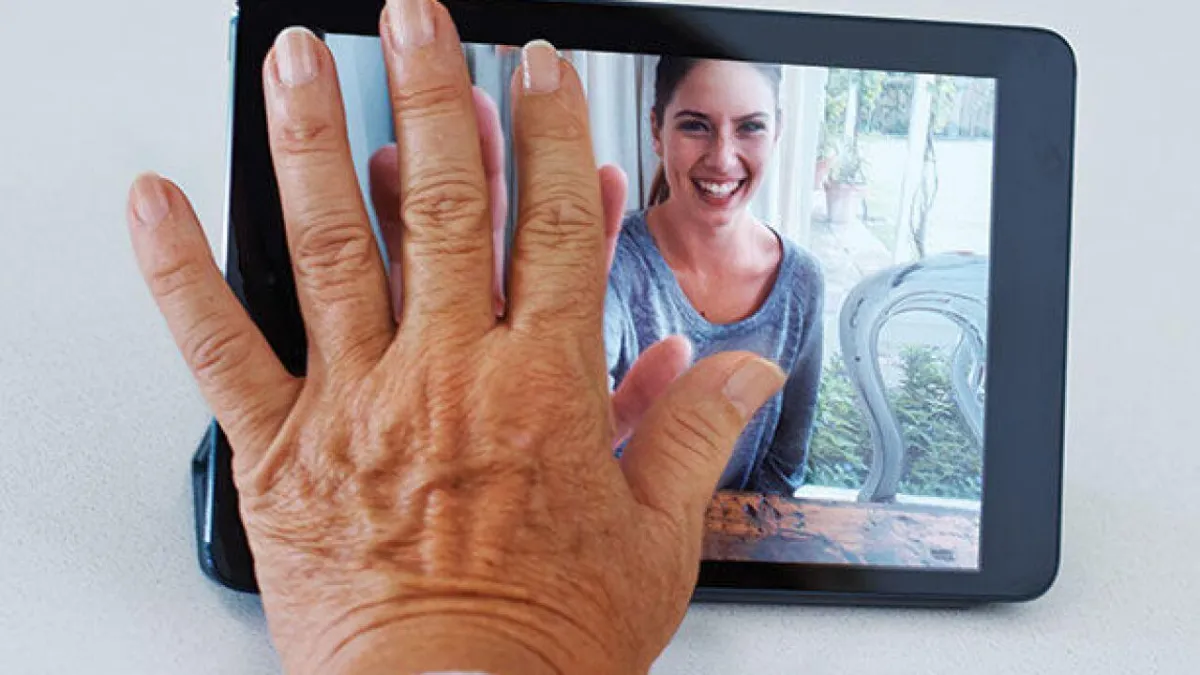
How to Manage Senior Care From a Distance: A Practical Guide for Long-Distance Caregivers
Caring for an aging parent is already a complex journey, but doing it from another city, state, or time zone adds an entirely new level of stress. If you're one of the millions of adult children trying to manage senior care from a distance, you're not alone and you're not powerless. With the right systems, tools, and communication strategies, long-distance caregiving can be effective and deeply meaningful.
In this blog post, we’ll explore actionable ways to stay involved, reduce risks, and ensure your parent is getting the care they deserve, even if you’re not physically there every day.
1. Start With a Clear Plan—and Update It Often
Distance makes every caregiving miscommunication more costly. That’s why having a care plan in place is critical. Whether your parent lives independently, with support, or in a care facility, begin by answering these questions:
What are their current care needs (medical, mobility, memory, emotional)?
Who are the local points of contact (neighbors, aides, providers)?
What is the contingency plan if something goes wrong?
Use tools like our Senior Care Starter Kit to document medications, emergency contacts, and routines in one place—so you’re never caught off guard.
The National Institute on Aging offers an excellent overview of what long-distance caregiving means and how families can make it work, even from far away.
(Video courtesy of NIA.nih.gov)
2. Establish a Reliable Local Support Circle
Even if you’re the primary decision-maker, you’ll need eyes and ears on the ground. This may include:
Professional care managers or geriatric social workers
Home care aides for daily support
Neighbors, friends, or extended family who can check in
Facility staff, if your parent is in assisted living or memory care
Tip: Create a shared contact list or group text so updates flow easily between all parties.
3. Embrace Technology for Connection and Oversight
Technology can bridge the distance emotionally and logistically. Here’s what to consider:
Video calls for regular check-ins
Smart home devices like medication dispensers or fall detection monitors
Shared calendars and digital reminders
Apps that allow real-time caregiver updates or medical record access
Pro tip: Keep instructions simple and choose user-friendly devices to prevent tech overwhelm.
4. Coordinate Medical Care Proactively
Long-distance caregivers often struggle with fragmented medical updates. To avoid that:
Choose one primary physician who can coordinate care
Request to be added as an authorized contact for HIPAA purposes
Use telehealth appointments when possible to join virtually
Keep a digital file of insurance cards, medication lists, and recent labs
This step ensures you can advocate effectively, even if a crisis arises.
5. Stay Involved Emotionally—Not Just Logistically
Your role isn’t just a task manager. Emotional connection matters just as much. Make time for:
Storytelling sessions or memory-sharing
Sending personal letters, photos, or care packages
Coordinating virtual visits with grandkids or friends
Asking about their fears, joys, and preferences
Remember: You’re not just supporting their health, you’re supporting their dignity and identity.
6. Know When It’s Time for More Help
It’s hard to gauge decline from a distance, which is why patterns matter more than isolated incidents. Look out for signs like:
Missed appointments or bills
Unexplained weight loss or hygiene changes
Increased confusion or repeated calls
Comments like “I’m lonely” or “I don’t feel safe here”
If your parents’ needs are escalating, it may be time to explore assisted living, memory care, or a local care manager to provide oversight.
7. Take Care of Yourself, Too
Burnout is real, even from afar. You may feel guilt, stress, or helplessness. Set boundaries, join a support group, and give yourself permission to rest. A tired caregiver can’t offer meaningful help.
Final Thoughts
Managing senior care from a distance isn’t easy, but it is doable with the right mindset and tools. Whether you're across the state or across the country, your love and leadership matter more than proximity.
Want a head start? Download our free Senior Care Starter Kit to begin organizing care with clarity and confidence—even from miles away.
© 2025 The Aging Society LLC. All rights reserved.
Created with care for families navigating senior care decisions.






